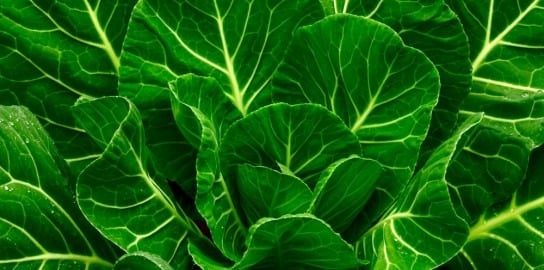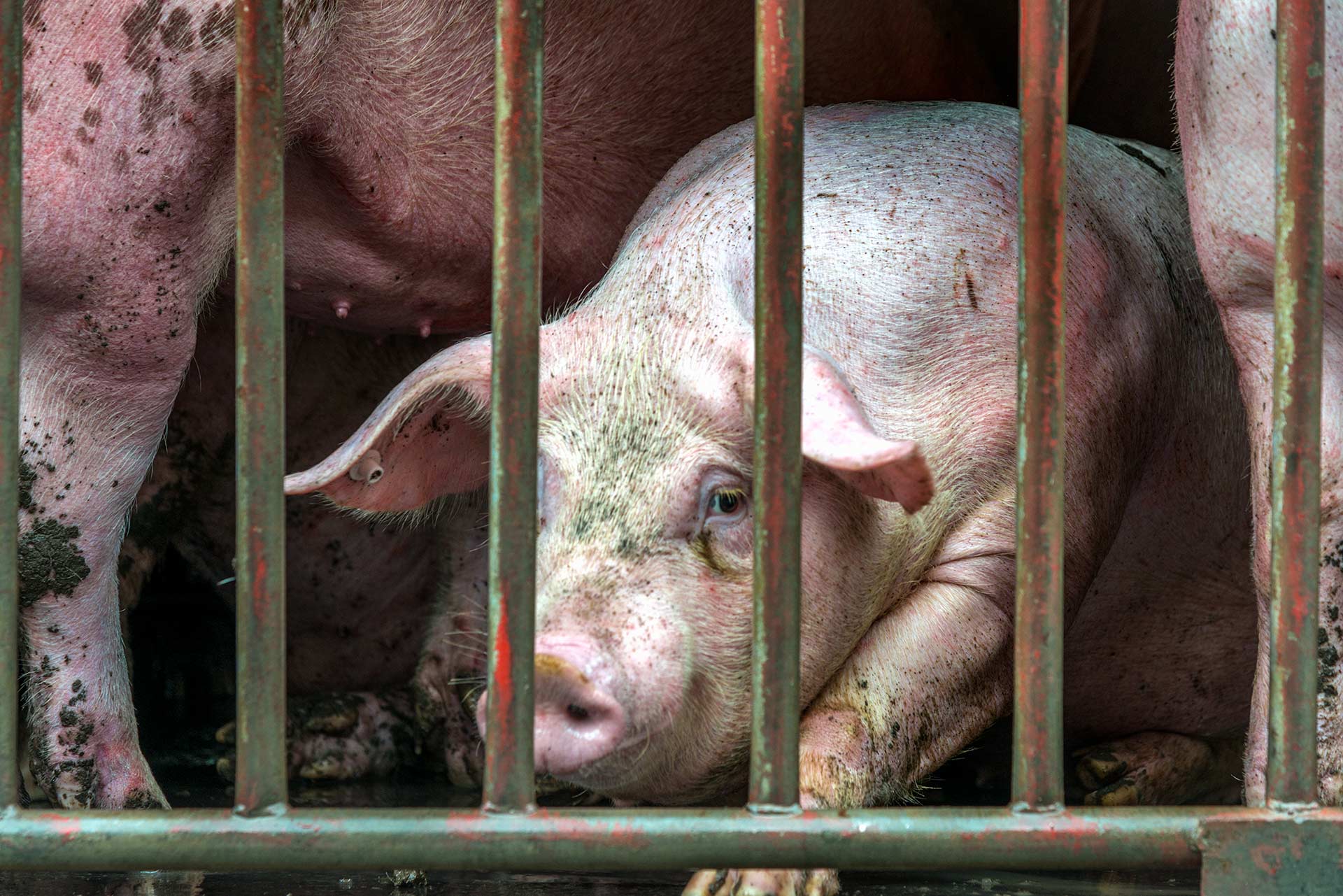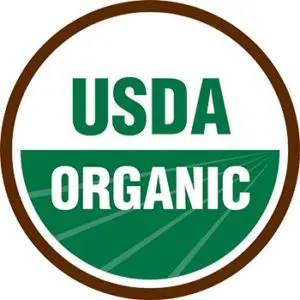Can new rules help the organic label get better on animal welfare?
In January 2024, new rules for livestock raised in the USDA National Organic Program went into effect. By updating the standards for housing quality, stocking densities, medical care and slaughter, the new rules are the culmination of a decades-long attempt to bring the label’s animal welfare stipulations more in line with its high standards for chemical use, soil health and other environmental provisions. Since the program’s inception, a lack of clarity about what the label actually requires for animals has been a big sticking point, leaving loopholes that have allowed some factory farms to qualify for organic certification even when they’re far from what consumers and organic advocates expect from the label.
What was wrong with the organic standards in the first place?
Up to this point, the organic standards for livestock have had a fairly narrow focus on inputs: Animals should only eat organically grown feed and be raised without growth hormones and antibiotics. While these rules represented a marked improvement from conventional factory farms, there wasn’t much clarity around actual living conditions for animals — beyond the stipulation that producers “accommodate the health and natural behavior of their animals year-round” and provide “outdoor access.”
As Lynne Curry detailed in a 2017 piece for The Counter, that ambiguity has been a big problem for the organic label. Consumers might reasonably assume that animals on an organic farm lived comfortable lives on breezy, sunny pastures, an image that organic producers have cashed in on for their marketing. And while some farms might embody that vision — including many of the small farms that pushed for the creation of the organic label in the first place — it’s a far cry from the production systems that dominate organic sales today.
Under the old standards, “outdoor access” for poultry could be as meaningless as a narrow, screened concrete porch accessible by only a small door. With no stipulations for access to soil, birds raised on these large farms were often unable to engage in natural behaviors like dust baths. In fact, most led lives that were nearly identical to their conventionally raised counterparts.
Over the years, the gap between the organic ideal and the organic reality has grown most pronounced in the egg industry: An estimated 70 percent of organic eggs come from farms where hens have no real access to the outdoors and less than one-third of a square foot of space to themselves. But the rule ambiguities aren’t just a problem for layers: Broiler chickens (birds raised for meat) suffer under similar conditions. And for pigs, that loose definition of outdoor access meant that farmers were still routinely using gestation crates and performing amputations like tail docking — cruel practices intended to prevent frustrated animals from harming one another, an issue that arises precisely because animals are stuck in crowded confinement and unable to perform natural behaviors outside.
70%
of organic eggs come from farms where hens have no real access to the outdoors
For other livestock, the situation is a little less dire: Thanks to a 2010 rule update, sheep and cattle must grazed on pasture for at least 120 days out of the year, ensuring that at least outdoor access is consistent across the spectrum of organic beef and dairy producers, even when the sheer scale of some dairy operations has drawn criticism that they don’t align with the organic ideal.
Ultimately, the range of things that “organic” actually means for animals has produced what the USDA’s Agricultural Marketing Service (AMS) has labeled a market failure for the organic label: Because stipulations about welfare are so vague, consumers can’t be sure what the label actually guarantees. Per its own research, AMS has concluded that a majority of organic consumers choose to buy organic because they believe the label guarantees provisions like actual outdoor access. But if the definition of “outdoor access” is too flexible, many organic consumers are essentially being misled — something that threatens the integrity of the organic label and could hurt sales in the long run.
The long road to a consistent animal welfare standard
Groups like the Organic Farmers Association and the Organic Trade Association (OTA) have pushed for more clarity and heft in the animal welfare standards since the universal certification rules went into effect in 2002. In response to that pressure, the National Organic Standards Board made some recommendations to alter the rules in 2011, especially with regard to poultry — an attempt to redefine outdoor access in more bird-focused terms rather than technicalities around square footage. The changes were designed to ensure birds could perform natural behaviors and have meaningful access to a living, dynamic outdoor space, rather than just a concrete porch.
It took some time for the Obama administration’s USDA to incorporate these recommendations into the Organic Livestock and Poultry Practices (OLPP) rule that was finalized on January 17, 2017, only three days before the start of the Trump presidency. Under Trump, the agency initially delayed the implementation of the rule — a move that sparked a lawsuit from the OTA, which alleged that the agency didn’t have the authority to do so without public input. Before the suit was resolved, however, the Trump administration fully rescinded the rule in March of 2018.
That move was applauded by the American Farm Bureau Federation, the country’s largest agricultural lobby (focused mainly on conventional farmers), which argued the OLPP would be too financially burdensome to producers. Among most organic producers, however, the reaction was quite different: Groups like the OTA alleged that abandoning the rules would not only hurt public perception of the label’s integrity, but would also allow factory farm setups to keep cashing in on organic’s price premium without doing the meaningful work of making farms more humane.
The beginning of the Biden administration — complete with the reappointment of Obama’s Secretary of Agriculture, Tom Vilsack — revived hopes for realigning the organic standards. The USDA announced its intention to revisit the Obama-era proposal in 2021, but did not publish its own proposed rule change, the Organic Livestock and Poultry Standards (OLPS), until August 2022. The OLPS would face more pushback, and a far longer road to finalization, than the earlier OLPP. After a longer-than-usual public comment period, Republican senators even attempted to block the rule through an amendment in a September 2023 spending bill — a move analysts speculated was the product of lobbying from the Farm Bureau and the National Pork Producers Council, which had rallied a few large organic producers to denounce the changes during the comment period.
The new OLPS
Attempts to block the updated standard aside, the USDA incorporated public feedback and released its finalized OLPS rule on October 25, 2023. The new standard took effect in January 2024, with most producers expected to be in full compliance by 2025. However, poultry farmers who are already certified will have a five-year window to adjust their production practices.
That long transition period reflects the substantial changes that organic poultry producers, in particular, will have to make to their operations. Screened concrete porches will no longer qualify as outdoor access; instead, birds must have easy access to a space where the surface is at least 75 percent soil and includes vegetation. The rule also brings far more generous space requirements for both indoor and outdoor spaces, requiring 3 square feet of outdoor space per laying hen and 2 square feet for broiler chickens.
Other changes include amendments to the list of allowed surgical modifications and medical interventions, restricting use to medical necessity and ensuring procedures are administered by a professional using anesthesia or other pain reduction strategies. This means that a number of cruel practices developed to prevent the aggression and injury incited by life on factory farms — teeth clipping and tail docking in pigs, debeaking and castration for poultry, tail docking and face branding for cattle, and mulesing of sheep — are banned or severely restricted under the new OLPS. Finally, the rules outline new guidelines for how to transport animals for slaughter, how animals are handled in the slaughterhouse and when to administer euthanasia to an animal that’s suffering.
Should organic be the end of the line for animal welfare?
Welfare advocates have cheered the adoption of the new standards, but even a cursory review of the final rule — which includes public comments about what should be included and the agency’s rebuttals — reveals a lot that the OLPS doesn’t address. In poultry, for example, the agency declined to ban fast-growing, disease-prone broiler breeds, even though their susceptibility to illness and deformation is one of the biggest welfare issues in poultry production.
This opens the question of what should actually fall under organic’s purview: On the one hand, consumers already make assumptions about the label’s guarantees for animal welfare, and many organic producers have long made animal welfare a priority. But as groups opposed to the new rules have argued, organic wasn’t necessarily intended to be a welfare label in the first place.
Though it was founded with a specific focus on soil health and chemical use, organic has essentially become a catch-all label for production that’s more socially and environmentally responsible than conventional agriculture. This is partially the result of marketing that presents organic agriculture as closer to some pastoral ideal, and partially because more focused animal welfare labels — while they do exist — don’t have the same reach. But it’s the lack of more stringent animal welfare laws across all of U.S. agriculture that has forced the issue in the first place: Farm animals simply have it so bad in conventional agriculture that it would be unthinkable for any label that claims to institute a higher production standard to allow the same intense cruelty.
Thanks to the tireless work of animal rights activists, there’s finally been some progress on welfare standards for conventional agriculture, too. The initial passage of California’s Proposition 12 (as a ballot measure with a wide margin) demonstrates that public opinion is shifting in favor of protecting animals from excessive cruelty, and the Supreme Court’s decision to uphold it in 2023 helped force the pork industry’s hand on phasing out gestation crates and other cruel confinement practices nationwide.
In the meantime, animal welfare-focused labels can provide a level of scrutiny that goes above and beyond the new OLPS rules, though they’re not as universally available as organic. A Greener World’s Animal Welfare Approved label ensures some of the highest possible standards for animal care and housing; protects animals from cruel surgical modifications and unnecessary medical procedures; and sets basic standards for feed for livestock. Other labels, like Regenerative Organic Certified and the Real Organic Project, build on USDA Organic’s standards to ensure that animals are leading lives mostly on pasture where they can exhibit their natural behaviors and live like animals should.
FIND USDA ORGANIC LABELS IN OUR LABEL GUIDE
Top photo by alexxndr/Adobe Stock.
More Reading
What do faster line speeds in slaughterhouses mean for animals, workers and food safety?
May 8, 2025
When "Made in America" isn't really: Country-of-origin labeling for beef
May 8, 2025
This vegan tiramisu will bring you joy
March 11, 2025
Finding a pet food that aligns with your values
February 11, 2025
The environmental benefits — and limitations — of hunting as a food source
January 6, 2025
The USDA updated label guidelines to increase transparency — is it enough?
September 12, 2024
How can ecofeminism help us envision the future of food?
July 18, 2024
Switching from beef to chicken isn't the sustainability flex you think it is
June 12, 2024
Is it too cruel to eat veal, foie gras and octopus?
May 14, 2024
Nearly a year after USDA approval, lab meat is still off the menu
April 10, 2024



